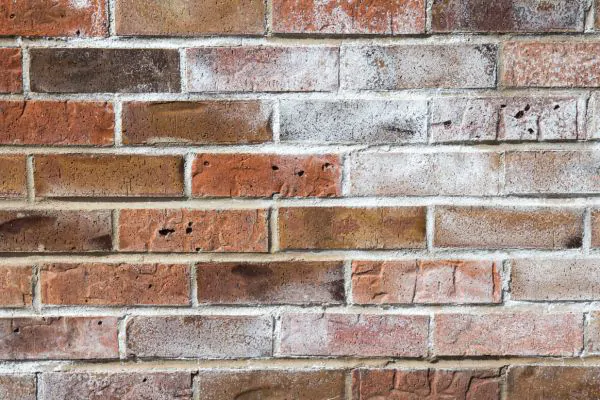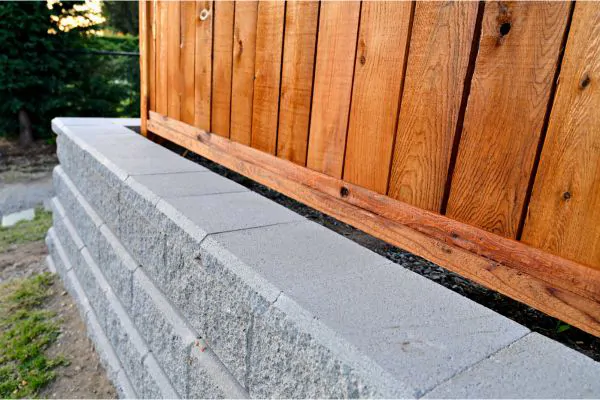Because a fireplace takes care of you by keeping you warm, you should care for it too. Give it some love by knowing its repair and upkeep needs. Knowing about these guarantees you will have a warm place to curl up in during the chilly winter nights. It also contributes to the maintenance of your fireplace’s elegance and rustic looks.
If you don’t know who to call for mason work on fireplaces, we have your back. Masonry Contractors of South Shore MA has been building and fixing fireplaces made of bricks or natural stones for years. Together, let’s make your fireplace last by keeping it in its best shape at all times.
How do you maintain a chimney system?
According to Fullservicechimney.com, you should have your chimney inspected at least once a year. Have a look at your chimney’s warranty. Manufacturers typically offer a liner warranty that lasts ten to twenty years. Other makers require an annual inspection to fulfil liner warranty claims if needed.
How often do you need to maintain your fireplace?
Have your fireplace and chimney flue inspected and swept at least once a year. This is regardless of whether you use wood or gas type of fuel. A burning system must always be at the optimum shape. Thus, it is recommended that one maintenance per year is the minimum for upkeep.
The same is highly advised for other gas appliances with a flue pipe, wood stoves, and water heaters.
What is the best way to get rid of the smell in my wood-burning fireplace?
To eliminate the odor, you must first determine what it is you’re burning. It is recommended that you use seasoned wood, kindling, or newspaper for your fireplace. Avoid using fire starters because they emit an unpleasant smell. Just like premade logs, they are held together by a wax-like material that won’t disappear. They can collect, which then causes odor.

Why does my fireplace smell in the summer?
Creosote deposits in the chimney cause horrible odors that get intense during the summer. They are natural byproducts of wood-burning. Humidity and air conditioner make them worse, but a good sweeping helps a bit.
The real issue here is the air being sucked down the chimney, which signifies the house’s general pressure difficulties. Closing the dramper when not in use can help. A top-mounted damper with a tight seal will help minimize the amount of air flowing down the chimney.
In the meantime, you can buy commercial chimney deodorants. You can also make your own by using a kitty litter set or baking soda.
How do I know if my chimney needs cleaning?
You can tell if you experience at least one of these scenarios: oil marks on the walls, a strong campfire odor, poor fire performance, and animal ingress. Immediately call for a professional examination if you encounter one of these. You don’t want your home to be on fire or suffer from carbon monoxide leaks.
How do you sweep a chimney?
We highly advise that you leave this process to fireplace professionals because it is tricky and requires expertise. Below is the most basic step-by-step procedure:
1. A thorough examination of the system.
2. Covering the cleaning area with a drop cloth.
3. Putting on all of your safety gear.
4. Removing any obstructions from the fireplace.
5. Sweeping of the flue using the required equipment while the vacuum is running.
6. Cleaning of the area surrounding the firebox with a brush and vacuum.
If you have more questions, don’t hesitate to give us a call. We are happy to provide you with the answers to the fireplace questions you are looking for! Leave your fireplace and chimney repair and upkeep to us at Masonry Contractors of South Shore MA.





